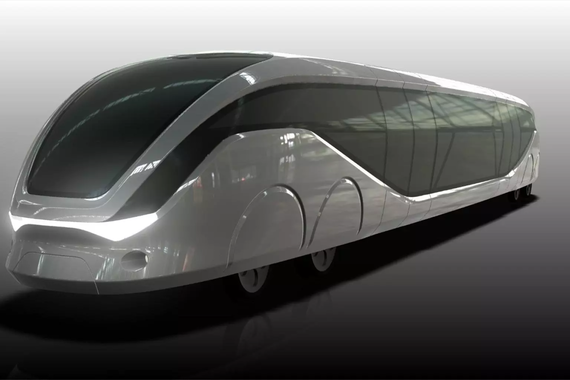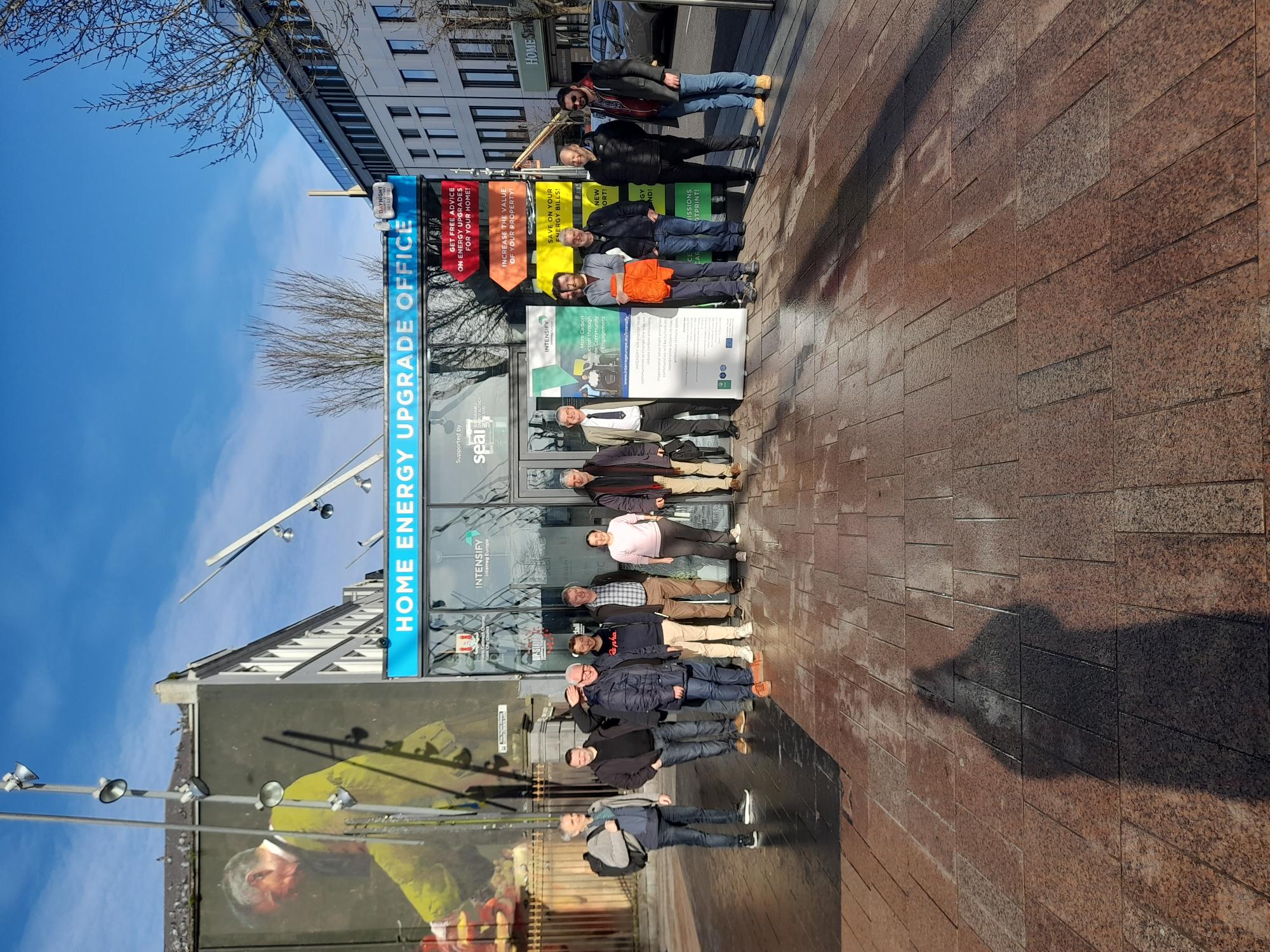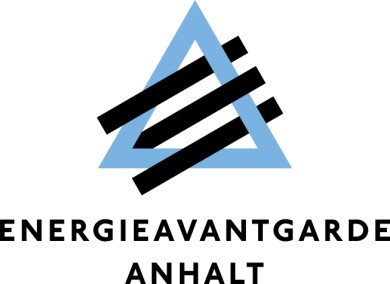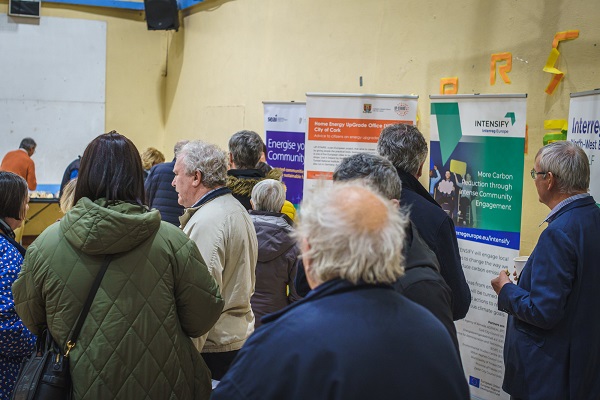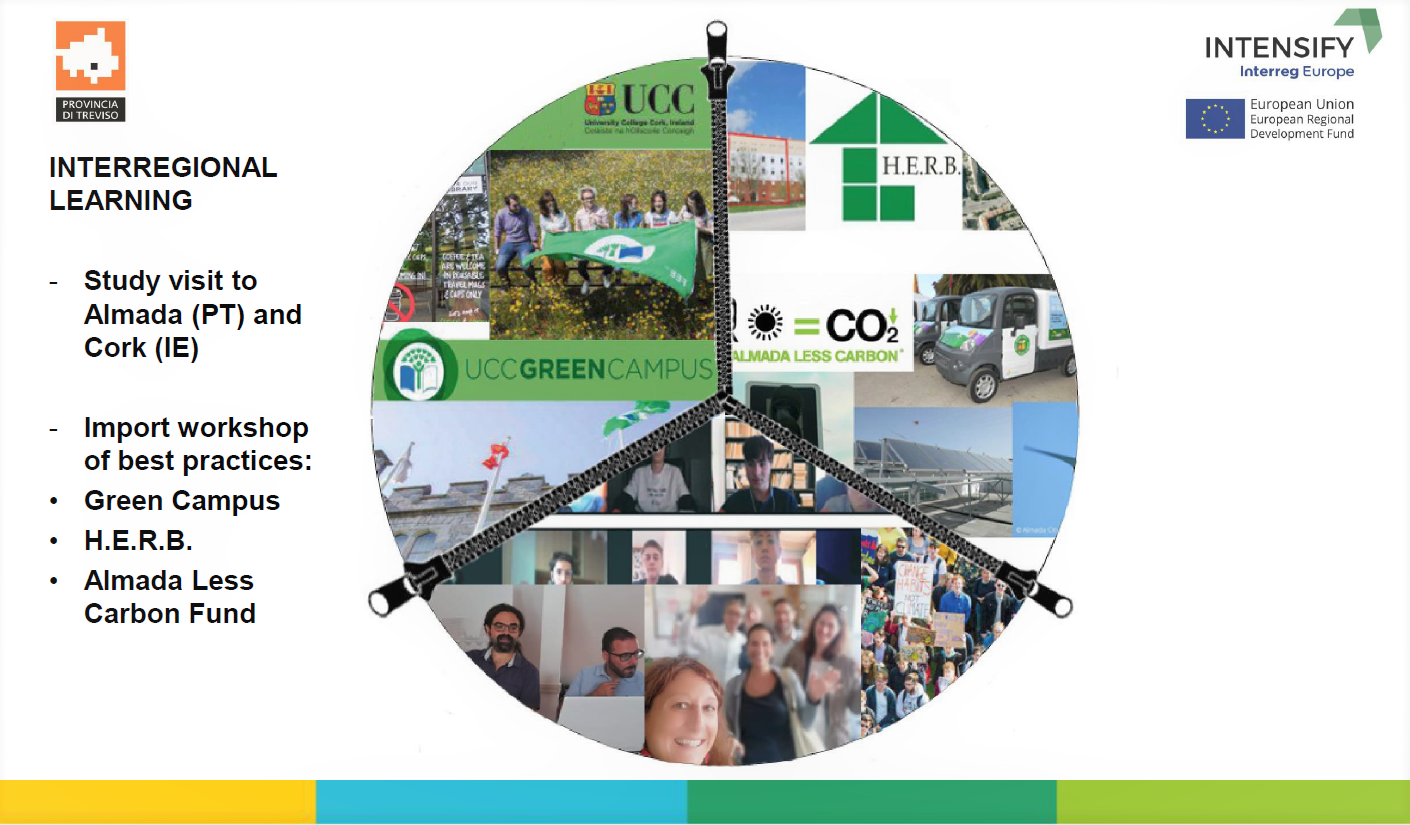A new book has been published titled, ‘Vitoria-Gasteiz City, a city on a human scale’ which illuminates the decades-long work dedicated in sustainable mobility and green infrastructure for the citizens of Vitoria-Gasteiz.
Like many European cities in the twentieth century, Vitoria-Gasteiz experienced rapid population and urban growth following the period of industrialisation. The city’s first measures combating the side effects of urban sprawl introduced has been described as ‘pioneering in nature’. During this period, low carbon initiatives such as pedestrianisation were successful in promoting more sustainable modes of mobility. Vitoria-Gasteiz created Spain’s first network of cycle paths enjoyed by many cyclists through the years.
The book proudly presents one of many Vitoria-Gasteiz’s successful environmental projects known as the Green Belt, a 25-year creation that treasures an immense biodiversity resource and the main leisure area of the city. The citizens of Vitoria-Gasteiz enjoy the mobility measures introduced throughout the years such as the promotion of cycling, the development of urban footpaths, and the restructuring of public transport.
According to the book, policies in sustainable mobility and green infrastructure are designed 'with the aim of recovering public space for people and making Vitoria-Gasteiz a human-scale city which is more habitable, greener, more biophilic, more resilient and more able to offer a better quality of life.'
Indeed, it is no wonder Vitoria-Gasteiz received the European Green Capital award from the European Commission in 2012 and named the Global Green City by a UN initiative known as Global Forum on Human Settlements in 2019.
Come take a look at the city of Vitoria-Gasteiz and its latest environmental policies championing sustainability and green spaces:
www.vitoria-gasteiz.org/gizaeskalakohiria [Basque]
www.vitoria-gasteiz.org/ciudadaescalahumana [Spanish]
www.vitoria-gasteiz.org/humanscalecity [English]


